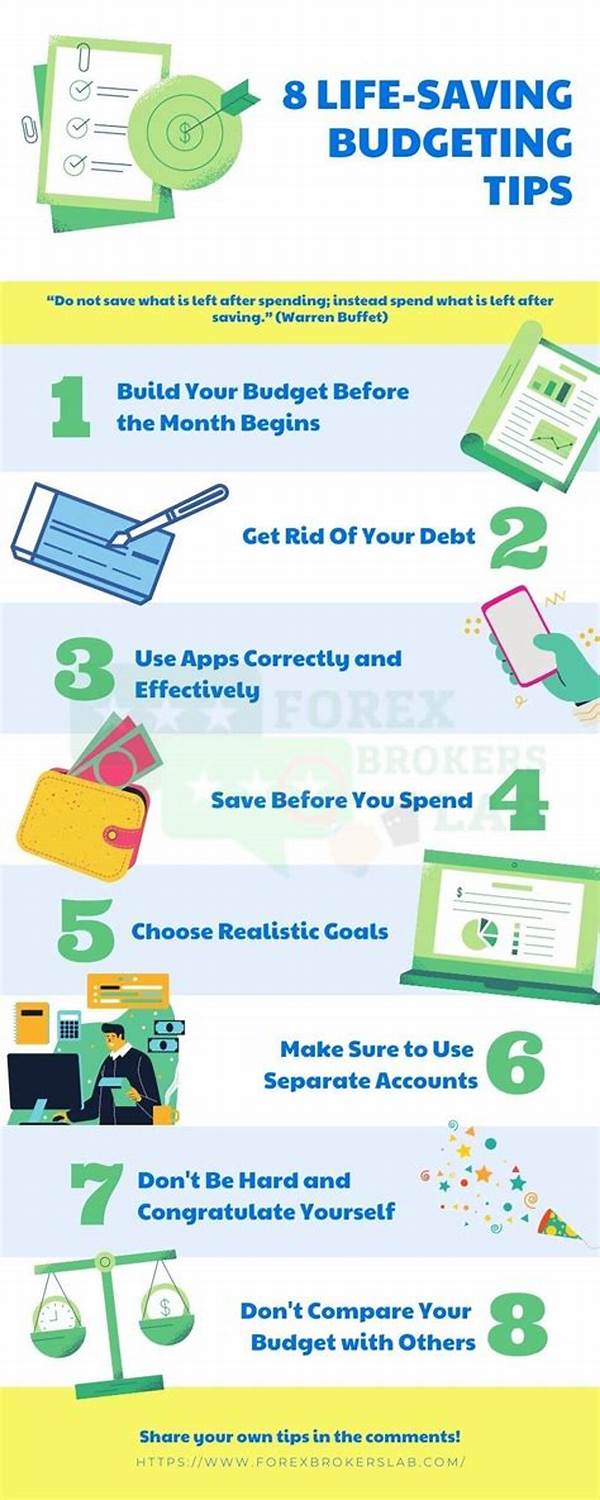Deep Dive: How To Use The Pay Yourself First Method To Build Investment Capital Fast!
Imagine a world where your financial goals are not just dreams but living realities. It’s a world where every paycheck brings you closer to financial freedom. This can be your reality with one simple strategy: the “Pay Yourself First” method. Think of it as giving your future self a raise every payday. This revolutionary saving strategy ensures that investment is a priority, not an afterthought. In this deep dive: how to use the pay yourself first method to build investment capital fast!, let’s explore how this method works and how you can apply it in your financial routine.
Read More : Best Ways To Track Subscriptions And Cut Costs
Often, people struggle to save money because they wait until all the bills are paid before setting aside funds. But, by paying yourself first, you flip this script. Each time you get paid, a portion of your income goes directly into savings or investments before you spend anything else. This ensures that your savings grow steadily over time. Picture it as planting seeds of future wealth every month. This simple change can have a monumental impact on your financial health, especially if you’re aiming to build substantial investment capital quickly.
Unlocking Financial Freedom with Pay Yourself First
The beauty of the “Pay Yourself First” method is its simplicity. To start, calculate a percentage of your income to set aside each time you’re paid. This can be as little as 10% or as aggressive as 30-40%, depending on your goals and financial situation. Track these savings diligently, and watch as your investment capital grows. Services like automatic transfers make this seamless, ensuring you adhere to the plan without the temptation to spend.
For a more detailed deep dive: how to use the pay yourself first method to build investment capital fast!, consider utilizing budgeting tools or apps. These can help streamline the process and offer insights into spending habits that can be adjusted to improve savings efficiency further. The key is consistency: regular, disciplined saving paves the way for substantial financial growth, making investment opportunities more accessible down the line.
—
Structure for Maximizing Investment Capital Quickly
Building substantial investment capital isn’t just about saving money; it’s about smart and consistent saving. This guide, “deep dive: how to use the pay yourself first method to build investment capital fast!”, serves as a roadmap for transforming your savings strategy.
Paragraph 1: Start with why saving directly impacts your investment trajectory. Talk about the common pitfalls of traditional saving methods and how they delay investment goals.
Paragraph 2: Explain the fundamental concepts of the “Pay Yourself First” strategy, emphasizing the psychological and financial advantages of treating savings like a mandatory expense.
Paragraph 3: Offer practical steps for implementing this strategy, including determining your optimal savings rate and setting up automated transfers to ensure you “pay yourself” without fail.
The Mindset Shift
Integrating the “Pay Yourself First” approach involves a mental shift, treating savings as an obligatory expense rather than discretionary. Highlight the psychological benefits, such as reduced stress and increased financial confidence, of having a system that prioritizes saving.
Paragraph 4: Share testimonials or case studies from successful investors who’ve used this method to fast-track their investment portfolios. Personal stories reinforce credibility and inspire readers.
Paragraph 5: Conclude with actionable advice—encourage readers to start small, gradually increase contributions, and explore investment avenues with their newly built capital, making their money work for them.
Goals:
Understanding the Psychology of Savings
Transitioning from spontaneous savings to a consistent method like “Pay Yourself First” involves more than just financial planning. It’s about psychological commitment. The immediate gratification from spending is powerful, but the long-term satisfaction of watching your wealth grow is unparalleled.
By effectively using this method, individuals often report lower levels of financial anxiety and heightened confidence in their financial future. The discipline itself becomes addictive, pushing individuals to seek more efficient ways to grow their investment capital. This mental shift creates a positive feedback loop, motivating more commitment to financial growth as they see the tangible results of their efforts.
—
Pathway to Financial Success
Anyone can embark on a journey to financial success with the right tools and mindset. The “Pay Yourself First” strategy isn’t just about stashing money aside—it’s about creating a sustainable plan for financial independence.
Regularly contribute to this savings pool, adjust the percentage as your income grows, and explore various investment channels when accumulated funds allow. Remember, the goal isn’t to scrape by with what’s left; it’s to thrive through strategic, preemptive financial planning. This deep dive: how to use the pay yourself first method to build investment capital fast! is not just advice—it’s a lifestyle change towards smarter financial decisions.
The actual transformation occurs as you see your savings compound over time. As success stories show, implementing this method can drastically alter financial prospects, transforming fears of scarcity into visions of abundance.



